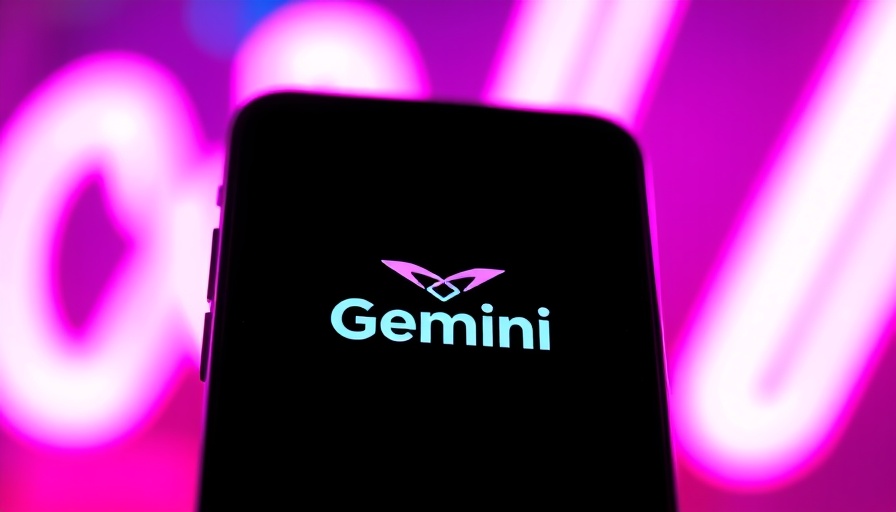
Transforming Family Engagement: LinkedIn's New Video Tools
In a world where digital communication is increasingly at the forefront of our daily lives, LinkedIn, the social media platform known mainly for professional networking, has taken a notable step towards making video content creation more accessible. Recently, LinkedIn announced an integration with Adobe Express that promises to revolutionize how users, including busy parents, can create and share engaging video content. This integration empowers users to harness Adobe’s suite of creative tools designed specifically for LinkedIn’s platform.
Why Video Content Matters for Families
If you're a parent, you may be wondering why this matters to you. Video content isn't just for businesses; it can play a valuable role in how families communicate, share experiences, and document milestones. Research indicates that videos are shared 20 times more on LinkedIn than other types of posts. As video viewership on the platform has increased by 36% year-over-year, families can employ this medium to celebrate achievements and share their experiences with others.
Engaging with the Community: Creativity Meets Connectivity
The collaboration between LinkedIn and Adobe Express offers templates tailored for LinkedIn, specifically designed to enhance brand awareness, launch products, or promote events. More importantly, it allows families to create memories in a more structured environment by guiding them through the video creation process with a series of meaningful prompts and tips. Whether it's a school project or a family holiday recap, users can now create quality content without needing extensive technical skills.
Streamlined Workflows Mean More Family Time
One of the most appealing aspects of this new integration is its streamlined export feature. Once a video is ready, it can be shared directly to LinkedIn with just a few clicks. This eliminates the hassle of downloading files, re-uploading, and trying to keep track of various media across devices. Parents often find themselves juggling many tasks—balancing work responsibilities, family obligations, and social interactions—but this tool simplifies the process, allowing families to spend more time enjoying each other’s company rather than being bogged down by technical issues.
Understanding the Bigger Picture: Digital Literacy for Kids
As parents who embrace technology, it’s our job to ensure that our children are safe and informed in their online interactions. By utilizing platforms like LinkedIn and tools such as Adobe Express, we can introduce our kids to the world of video editing and content creation. This knowledge not only enhances their technical skills but also prepares them for careers that might involve digital literacy down the line. Engaging with these tools can foster creativity in children, encouraging them to express their thoughts and ideas through visually compelling narratives.
Future Predictions: Video's Growing Influence
As social media trends evolve, it’s clear that video will continue to increase in significance across all platforms. With the advent of remote learning and virtual gatherings, video content is more relevant than ever, making this integration between LinkedIn and Adobe Express perfectly timed. Parents should take proactive steps to understand how these tools work and how they can be used effectively within their family dynamics. Implementing video as a communication tool can foster connections not only within families but also with friends, schools, and wider communities.
By using Adobe Express through LinkedIn, you can enrich your family’s storytelling experience, document those special moments, and share them with others, broadening your family’s digital footprint in a thoughtful and engaging manner.
In Conclusion: As parents, staying ahead of technological advancements is essential. This new integration between Adobe Express and LinkedIn not only simplifies video creation but also encourages family engagement. Explore these tools to find innovative ways to connect, share, and inspire others with the stories that define your family.
 Add Row
Add Row  Add
Add 




Write A Comment